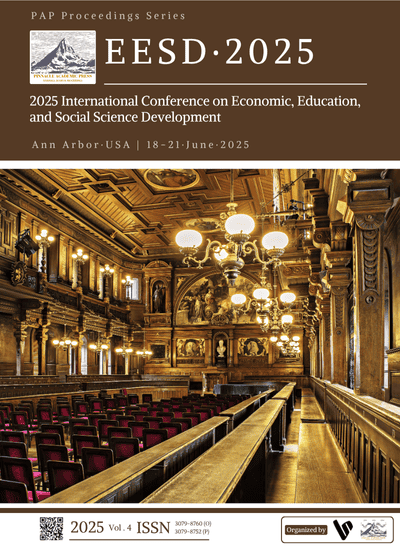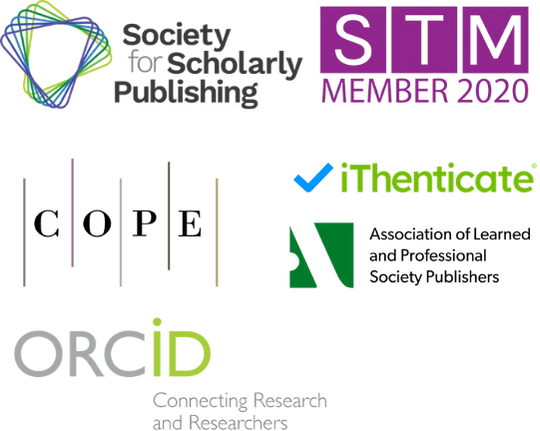Designing Participatory Landscapes: Integrating AI-Based Sentiment Analysis into Community-Involved Landscape Planning
DOI:
https://doi.org/10.71222/bh41tk75Keywords:
sentiment analysis, participatory design, landscape planning, natural language processing, community engagementAbstract
This study develops an AI-enhanced framework to address limitations in capturing nuanced community sentiments for landscape planning. The proposed methodology integrates natural language processing (customized BERT model) with geographic information systems through a three-stage analytical pipeline, enabling fine-grained sentiment classification and spatial mapping of unstructured public feedback from digital platforms. Validated through urban waterfront regeneration, rural heritage conservation, and post-disaster reconstruction case studies, the framework demonstrates superior performance compared to traditional methods: greater input coverage, 58% faster processing, and 68% adoption rate of sentiment-informed design modifications (versus 41% baseline). The system uniquely bridges qualitative public sentiments with quantitative spatial planning parameters through geo-referenced text analysis. The research makes dual contributions: (1) advancing participatory planning practice by revealing latent design priorities through scalable sentiment analysis, and (2) enriching human-computer interaction research with a replicable model for contextualizing subjective feedback in socio-cultural landscapes. By maintaining analytical rigor while accommodating diverse digital participation channels, the framework democratizes community engagement without sacrificing sensitivity to local contexts. These innovations establish new standards for landscape design that is both data-driven and culturally responsive, particularly valuable for complex projects requiring balanced integration of technical and social dimensions.
References
1. M. A. F. Ros-Tonen, L. Willemen, and M. K. McCall, “Spatial tools for integrated and inclusive landscape governance: toward a new research agenda,” Environ. Manage., vol. 68, pp. 611–618, 2021, doi: 10.1007/s00267-021-01547-x.
2. S. Bødker, et al., “What is participatory design?,” in Participatory Design, Cham: Springer Int. Publ., 2022, pp. 5–13, doi: 10.1007/978-3-031-02235-7_2.
3. S. Tripathi and T. Singh, “Empowering local communities through digital governance: A capacity building approach for in-clusive participation and sustainable development,” in Proc. 25th Annu. Int. Conf. Digital Government Res., 2024, doi: 10.1145/3657054.3657097.
4. X. Luo, “Immersive digital modeling and interactive manufacturing systems in the textile industry,” J. Comput. Signal Syst. Res., vol. 2, no. 5, pp. 31–40, 2025, doi: 10.71222/jyctft16.
5. X. Luo, “Reshaping coordination efficiency in the textile supply chain through intelligent scheduling technologies,” Econ. Manag. Innov., vol. 2, no. 4, pp. 1–9, 2025, doi: 10.71222/ww35bp29.
6. N. Yang, M. Bose, and P. Horrigan, “Landscape architecture as democratic practice: learning from participatory methods and motivations in community-engaged design,” Landscape Res., vol. 50, no. 1, pp. 58–73, 2025, doi: 10.1080/01426397.2024.2409745.
7. S. R. Arnstein, “A ladder of citizen participation,” J. Amer. Inst. Planners, vol. 35, no. 4, pp. 216–224, 1969, doi: 10.1080/01944366908977225.
8. J. Chamberlain and H. D. E. Shelton, “Methods and measures used in gauging community sentiment,” in Handbook of Commu-nity Sentiment, New York, NY: Springer New York, 2014, pp. 43–54, doi: 10.1007/978-1-4939-1899-7_3.
9. T. Yigitcanlar, et al., “Artificial intelligence technologies and related urban planning and development concepts: How are they perceived and utilized in Australia?,” J. Open Innov. Technol. Mark. Complex., vol. 6, no. 4, p. 187, 2020, doi: 10.3390/joitmc6040187.
10. M. Batty, “Integrating space syntax with spatial interaction,” Urban Inform., vol. 1, no. 1, p. 4, 2022, doi: 10.1007/s44212-022-00004-2.
11. N. M. Gardazi, et al., “BERT applications in natural language processing: a review,” Artif. Intell. Rev., vol. 58, no. 6, pp. 1–49, 2025, doi: 10.1007/s10462-025-11162-5.
12. A. Mansourian and R. Oucheikh, “ChatGeoAI: Enabling geospatial analysis for public through natural language, with large language models,” ISPRS Int. J. Geo-Inf., vol. 13, no. 10, p. 348, 2024, doi: 10.3390/ijgi13100348.
13. C. Höppner, J. Frick, and M. Buchecker, “Assessing psycho-social effects of participatory landscape planning,” Landscape Urban Plan., vol. 83, nos. 2–3, pp. 196–207, 2007, doi: 10.1016/j.landurbplan.2007.04.005.
14. C. Chasco, “Introduction to geospatial analysis for business analytics,” 2025, doi: 10.20944/preprints202501.1448.v1.
15. B. Tanujaya, R. C. I. Prahmana, and J. Mumu, “Likert scale in social sciences research: Problems and difficulties,” FWU J. Soc. Sci., vol. 16, no. 4, pp. 89–101, 2022.
16. C. Yang and T. Liu, “Social media data in urban design and landscape research: A comprehensive literature review,” Land, vol. 11, no. 10, p. 1796, 2022, doi: 10.3390/land11101796.
17. R. B. Hubert, et al., “Examining government-citizen interactions on Twitter using visual and sentiment analysis,” in Proc. 19th Annu. Int. Conf. Digital Government Res.: Governance in the Data Age, 2018, doi: 10.1145/3209281.3209356.
Downloads
Published
Issue
Section
License
Copyright (c) 2025 Tianrui Hou (Author)

This work is licensed under a Creative Commons Attribution 4.0 International License.



